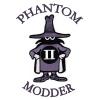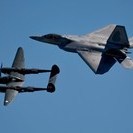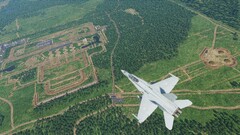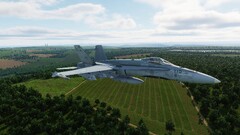- 5 replies
- 1,353 views
- Add Reply
- 3 replies
- 2,510 views
- Add Reply
- 6 replies
- 2,159 views
- Add Reply
- 1 reply
- 1,268 views
- Add Reply
- 4 replies
- 2,162 views
- Add Reply
- 2 replies
- 1,242 views
- Add Reply
Replacement of Swiss Fighter Jets Postponed

By Erik,
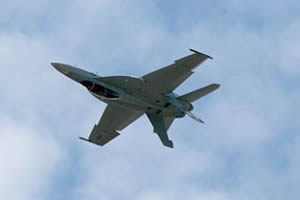

Replacement of Swiss Fighter Jets Postponed
Defence Talk — By SwissInfo on August 27, 2010
The Swiss government has delayed the partial replacement of the army’s Tiger fighter jets for financial reasons, the Federal Chancellery announced on Wednesday.
The government confirmed it planned to replace 54 “obsolete” planes but has postponed the purchase until 2015 at the latest, on the recommendation of Defence Minister Ueli Maurer. Some jets in the Tiger fleet are over 30 years old.
Submariners Give Rare Glimpse Into ‘Silent Service’

By Erik,
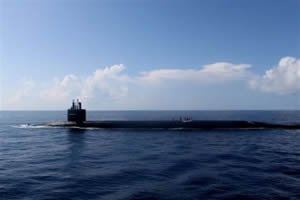

Submariners Give Rare Glimpse Into ‘Silent Service’
Defence Talk — By US Navy on August 25, 2010
ABOARD THE USS RHODE ISLAND: On a recent sun-soaked morning hundreds of miles off Florida’s Atlantic coast, this Trident ballistic missile submarine surfaced for an unusual operation.
About a dozen journalists, many representing the military, watched from a contracted 250-foot support vessel as the sleek, black back of the submarine ascended above gentle waters in the open ocean and
NORAD downplays Russian bomber interception

By Erik,
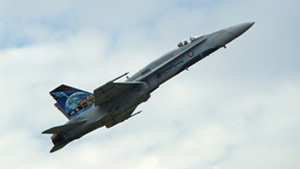

NORAD downplays Russian bomber interception
CBC News -- Wednesday, August 25, 2010 | 8:23 PM ET
NORAD is downplaying an incident on Tuesday that saw two CF-18s shadow a pair of Russian military aircraft as they flew within 56 kilometres of Canadian soil.
In a statement Wednesday, NORAD, the North American Aerospace Defence Command, said the CF-18s "intercepted and visually identified" two TU-95 Bear bombers that entered the Canadian Air Defence Identification Zone.
"At no tim
Upgraded Surveillance Aircraft Arrive in Afghanistan

By Erik,


Upgraded Surveillance Aircraft Arrive in Afghanistan
Defence Talk — By UK Ministry of Defence on August 25, 2010 at 5:51 am
Upgraded Desert Hawks - hand-launched, remote-controlled surveillance aircraft which can record video footage day and night, sending it directly to troops on the ground - arrived in Afghanistan this weekend.
The latest version of the Desert Hawk has been bought as part of a £3m Urgent Operational Requirement to provide a further boost to the surveillan
Saudi pilot killed as Eurofighter crashes in Spain

By Erik,
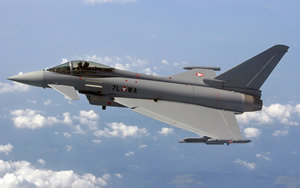

Saudi pilot killed as Eurofighter crashes in Spain
Flight Global -- 24/08/10 by Niall O’Keeffe
A Eurofighter aircraft has crashed at Spain's Morón air base with one fatality, the Spanish ministry of defence has confirmed. The combat aircraft, which was on a regular training flight, crashed into the ground "moments after take-off" from the base near Seville, according to the ministry's statement.
It was being piloted under dual control by a lieutenant colonel from the Saudi Arabia
Mexico buys drones, may use for marijuana search

By Erik,
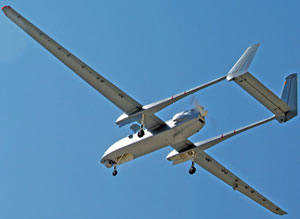

Mexico buys drones, may use for marijuana search
REUTERS --MEXICO CITY | Tue Aug 24, 2010 6:08pm EDT
Mexico has purchased Israeli-made unmanned drone aircraft, the government said, which may be used for spotting remote drug fields as officials fight powerful cartels. Mexico's defense ministry said it bought an unspecified number of Hermes 450 drones last year from Israel's Elbit Systems Ltd for $23.25 million, according to a filing seen by Reuters on Tuesday.
The defen




